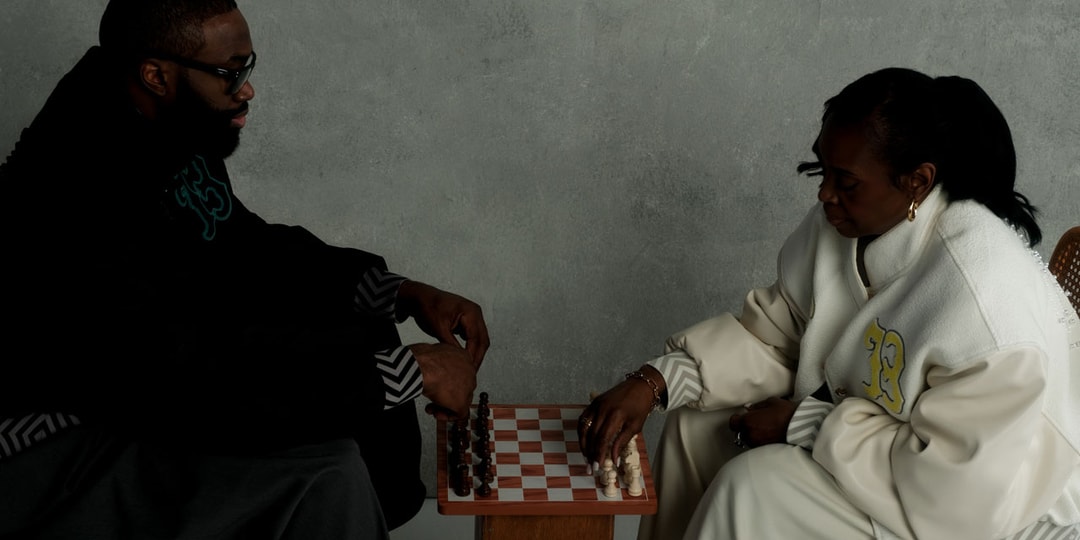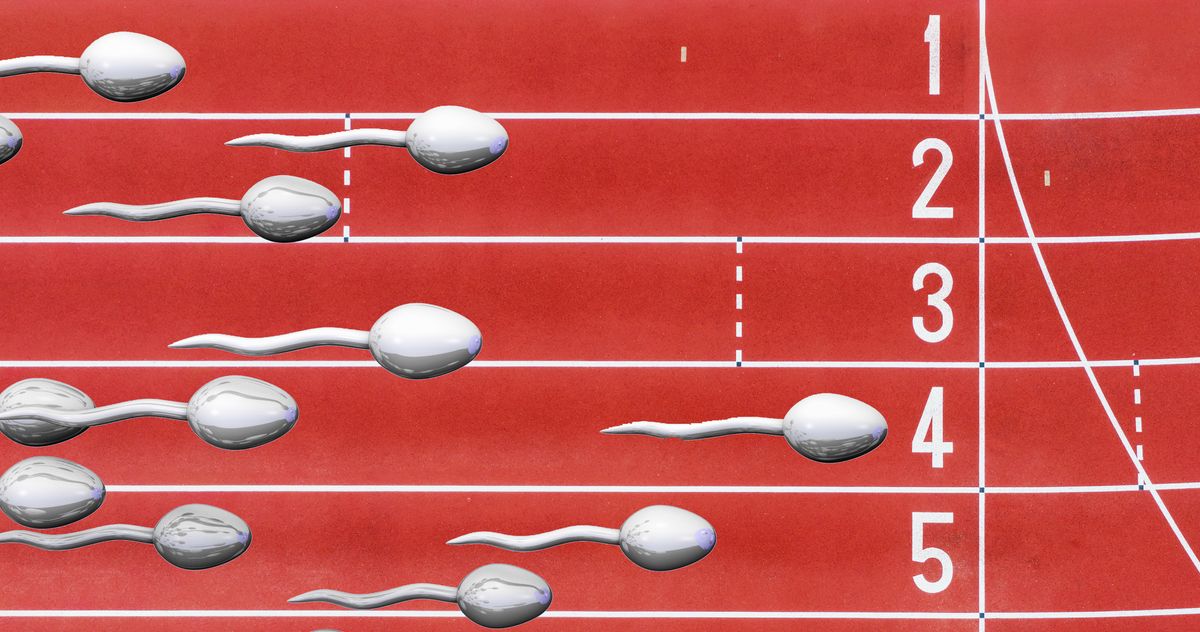Museo Internazionale e Biblioteca della Musica (International Museum and Library of Music) in Bologna, Italy
Most visitors to the Museo Internazionale e Biblioteca della Musica (International Museum and Library of Music) may expect a collection of antique musical instruments, but they’ll soon discover it offers much more. Beyond its instrument exhibits, the museum contains a library of historical musical documents, all within a restored, centuries-old building. This museum and library traces its origins to Giovanni Battista Martini (1706-1784). Father Martini was nominally a Franciscan monk, but also a talented composer, music theorist, historian, and teacher whose pupils included Mozart and J.C. Bach. Through his studies, he amassed a vast collection of musical literature, which he requested remain with the Franciscans after his death. Over time, the library expanded and was eventually transferred to the city of Bologna, where it is now recognized as one of the world’s oldest musical libraries. A separate collection of historic musical instruments—less renowned but still of interest—was established in Bologna in 1804. In 1959, the library and instrument collection merged as the Civico Museo Bibliografico Musicale, though originally in a different location. The collection is currently in the Palazzo Sanguinetti, a mid-16th-century palace built for a prominent Bologna family. When its last owner, Eleonora Sanguinetti, passed away in 1986, she donated the building to the city. After extensive restoration, the building reopened in 2004 as the Museo Internazionale e Biblioteca della Musica. Today, visitors can explore rooms decorated with frescoes and filled with historic instruments and musical literature. Some rooms also feature classical paintings, including works originally owned by Father Martini and preserved by the Franciscans as part of his collection. In addition to its exhibits, the museum still functions as a library. The collection of over 100,000 documents includes unique and rare works, making it both a showcase of musical history and an important resource for scholarly research.


Most visitors to the Museo Internazionale e Biblioteca della Musica (International Museum and Library of Music) may expect a collection of antique musical instruments, but they’ll soon discover it offers much more. Beyond its instrument exhibits, the museum contains a library of historical musical documents, all within a restored, centuries-old building.
This museum and library traces its origins to Giovanni Battista Martini (1706-1784). Father Martini was nominally a Franciscan monk, but also a talented composer, music theorist, historian, and teacher whose pupils included Mozart and J.C. Bach. Through his studies, he amassed a vast collection of musical literature, which he requested remain with the Franciscans after his death. Over time, the library expanded and was eventually transferred to the city of Bologna, where it is now recognized as one of the world’s oldest musical libraries.
A separate collection of historic musical instruments—less renowned but still of interest—was established in Bologna in 1804. In 1959, the library and instrument collection merged as the Civico Museo Bibliografico Musicale, though originally in a different location.
The collection is currently in the Palazzo Sanguinetti, a mid-16th-century palace built for a prominent Bologna family. When its last owner, Eleonora Sanguinetti, passed away in 1986, she donated the building to the city. After extensive restoration, the building reopened in 2004 as the Museo Internazionale e Biblioteca della Musica.
Today, visitors can explore rooms decorated with frescoes and filled with historic instruments and musical literature. Some rooms also feature classical paintings, including works originally owned by Father Martini and preserved by the Franciscans as part of his collection.
In addition to its exhibits, the museum still functions as a library. The collection of over 100,000 documents includes unique and rare works, making it both a showcase of musical history and an important resource for scholarly research.


































































-Baldur’s-Gate-3-The-Final-Patch---An-Animated-Short-00-03-43.png?width=1920&height=1920&fit=bounds&quality=70&format=jpg&auto=webp#)
































































































































































































